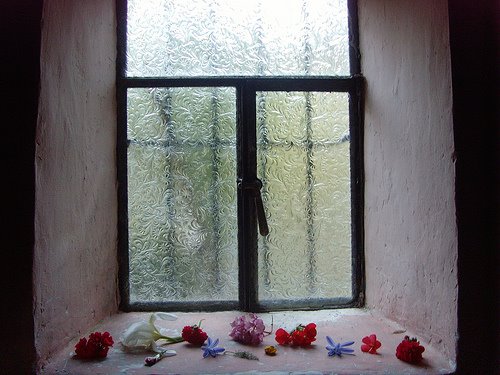Guerrillas Have Doubled Their Firepower, Peru Army Says(courtesy
Latin American Tribune)
LIMA – The Shining Path guerrilla group has doubled its firepower, acquiring sophisticated arms and gaining the ability to shoot down helicopters, the La Republica newspaper reported over the weekend, citing military intelligence sources.

Guerrillas operating in the Valley of the Apurimac and Ene rivers, or VRAE region, a jungle area in southern and southeastern Peru that has a strong presence of the group’s remnants and drug traffickers, have two rocket launchers, a grenade launcher and several heavy machine guns, including one capable of firing 1,000 rounds per minute.
The guerrillas also have as many as 99 assault rifles.
The vast majority of the arsenal belonging to the Shining Path, which is led in the VRAE by “Comrade Jose,” was taken from dead soldiers in combat.
The guerrillas have “two other ways of supplying themselves: the organized crime groups that steal arms from the army and drug traffickers,” military sources told the newspaper.
The story published Sunday in La Republica came out two days after the government relieved the police chief in the VRAE, Percy Rivera Paiva, of command for negligence.
Rivera Paiva sent about 100 firearms and thousands of rounds of ammunition to the VRAE in an unguarded bus, officials said.
The incident raised suspicions about possible arms trafficking, but the government said only negligence was involved in the Rivera Paiva case.
A military report on last Tuesday’s attack on the helicopter carrying armed forces chief Gen. Francisco Contreras concluded that Shining Path guerrillas fired RPG-7s at the aircraft.
Some experts, however, told La Republica that the guerrillas had not yet mastered the Russian-made weapon.
Shining Path members apparently “just started practicing with the RPG-7, trying to imitate the Afghan mujahideen, who shot down several helicopters with these grenade launchers,” military sources told La Republica.
Since August, the armed forces have been making an aggressive push in the VRAE region in an effort to gain control of Vizcatan, considered the last bastion of the Shining Path.
The Shining Path has responded by increasing its activities in Vizcatan in recent months.

Two weeks ago, the Shining Path claimed responsibility for two ambushes near the town of Sanabamba in which 14 soldiers died.
The ambushes staged on April 9 were some of the deadliest attacks launched in recent months by the Shining Path.
Last October, the guerrillas killed 15 people, including 13 soldiers, in a remote coca-growing region in the Andean province of Huancavelica.
The Shining Path and its role in drug trafficking have been blamed for a rise in violence in the interior of Peru.
The Maoist-inspired group launched its uprising on May 17, 1980, with an attack on Chuschi, a small town in Ayacucho province.
A truth commission appointed by former President Alejandro Toledo blamed the Shining Path for most of the nearly 70,000 deaths the panel ascribed to politically motivated violence during the two decades following the group’s 1980 uprising.
The guerrilla group also caused an estimated $25 billion in economic losses, according to commission estimates.
Founder and leader Abimael Guzman, known to his fanatic followers as “President Gonzalo,” was captured with his top lieutenants on Sept. 12, 1992, an event that signified the “defeat” of the insurgency.
Since then, isolated guerrilla bands have engaged in sporadic and largely ineffective activity in a few regions. EFE






